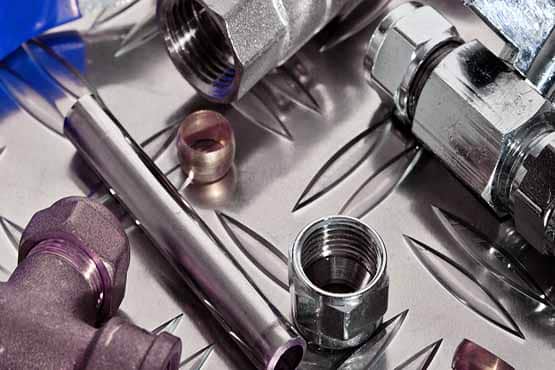Plumbing
Plumbing is a system of pipes, tanks, fittings, and other apparatus required for the water supply, heating, and sanitation in a building.
Common Plumbing Problems

Clogged Drains and Toilets
In toilets, the problem often comes when something other than dissolvable waste enters the toilet and gets flushed. Those solid items cannot move through the pipe, so they stay put, making it difficult or impossible for water to flow past the blockage and down the pipes.
Leaky Faucets and Pipes
A dripping faucet typically occurs when the washer that forms the seal on the tap gets damaged. Damage may include tearing, dislodging or stiffening. When this damage occurs, the washer no longer seals tightly, allowing small amounts of water to drip from the faucet. Over time, the valve seat may also wear or corrode. If your pipes are leaking, the most likely location is at a joint. Leaks may occur due to deterioration, shifting, high water pressure or other damage.
Leaking faucets and pipes are common plumbing problems in apartments and houses. Dripping faucets are more of a nuisance and a waste of money than a plumbing emergency, but those drips add up quickly fixing the leaks in your home could save up to 10 percent on your water bill.
Water Heater Issues
Leaks are sometimes the cause of water heater problems, including not having enough hot water. Mineral deposits also cause problems in water heaters. The deposits can reduce the efficiency of the water heater, reducing the supply of hot water throughout your home. Sediment can also cause strange sounds from your water heater, which is caused by heating and exploding of the sediment or build-up of scale on heating elements.
Low Water Pressure
Low water pressure has a few possible causes. A water main break can reduce pressure to your tap – this could be the issue if your neighbors also suddenly experience low water pressure. That same loss of pressure happens if a pipe is leaking within your home. Shut off all taps, check your water meter and wait a few hours without using any water to check for leaks. If the water meter changes, you likely have a leak. Another potential cause is build-up of minerals and sediment either in the pipes or in the faucet aerators and showerheads. That build-up slows the water flow, resulting in low pressure.
Running Toilet
A constantly running toilet often happens when the inner workings of the toilet no longer work properly. The flapper valve often lets water run if it no longer fits properly. Other potential causes include an imbalanced float, loose fill tube or a leak. Check for a leak by putting food coloring in the tank. After about 20 minutes, check out the bowl to see if the color traveled into the bowl water because of a leak.
